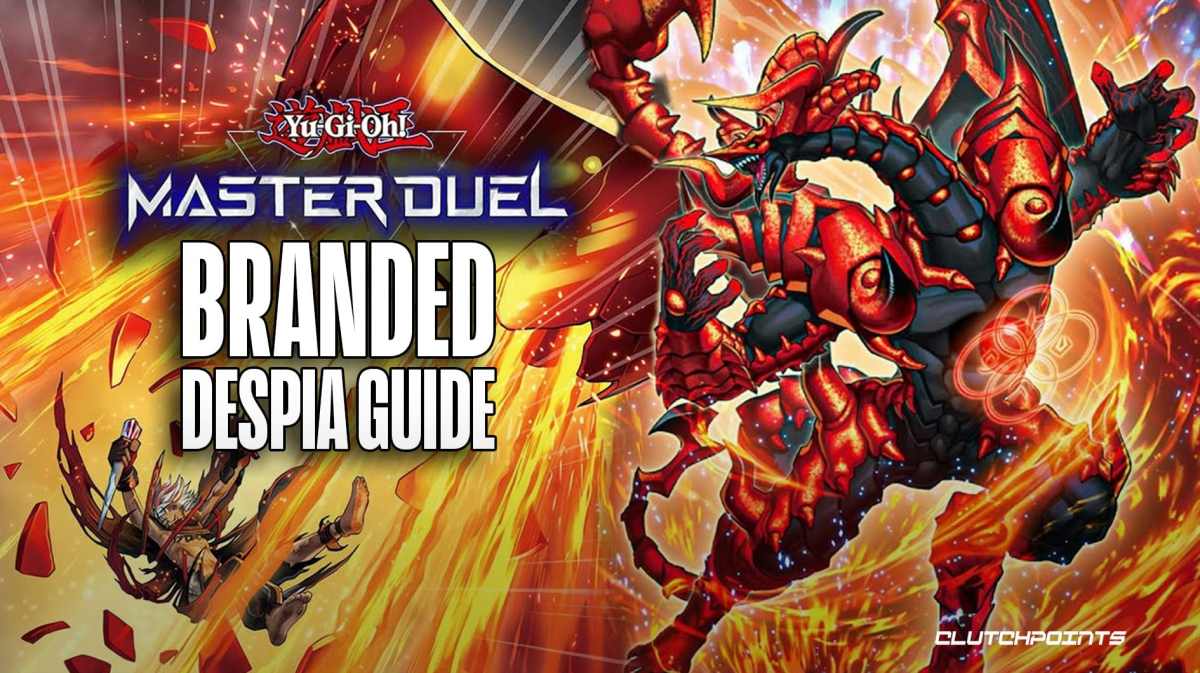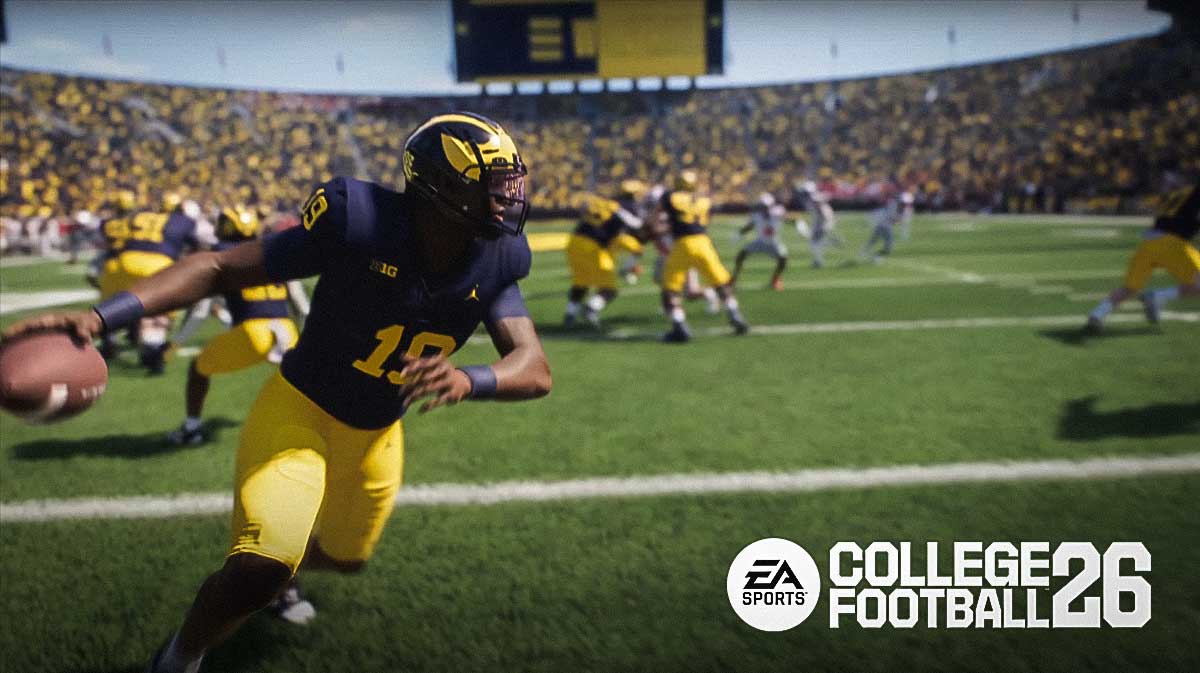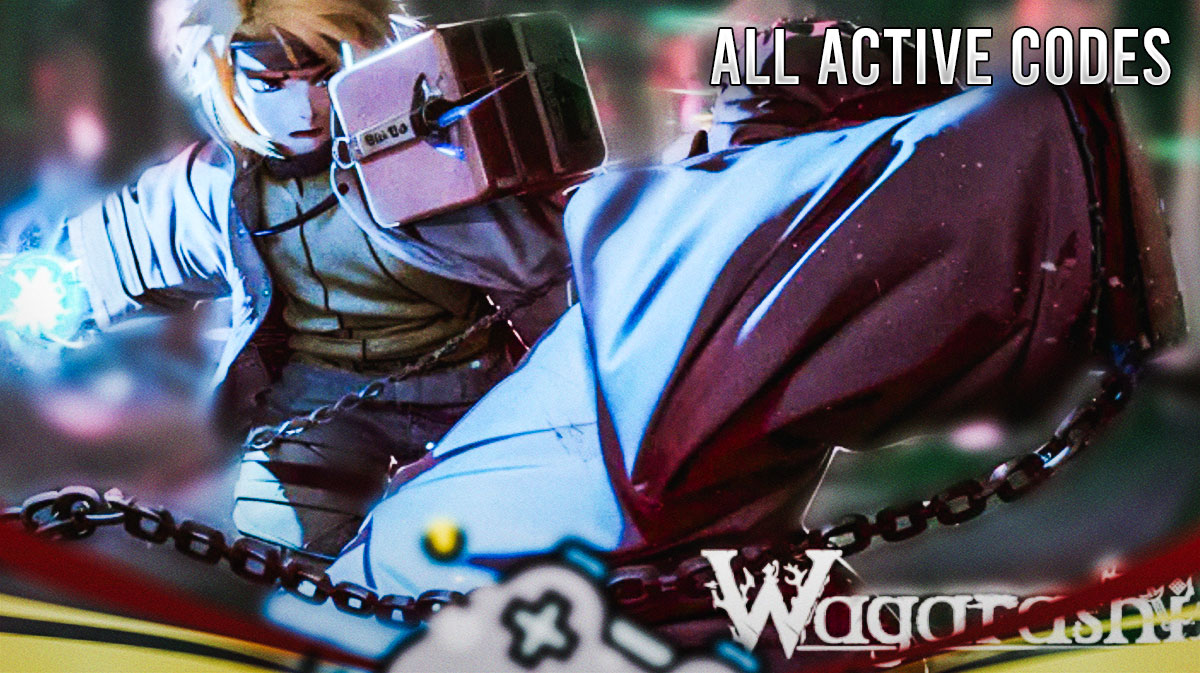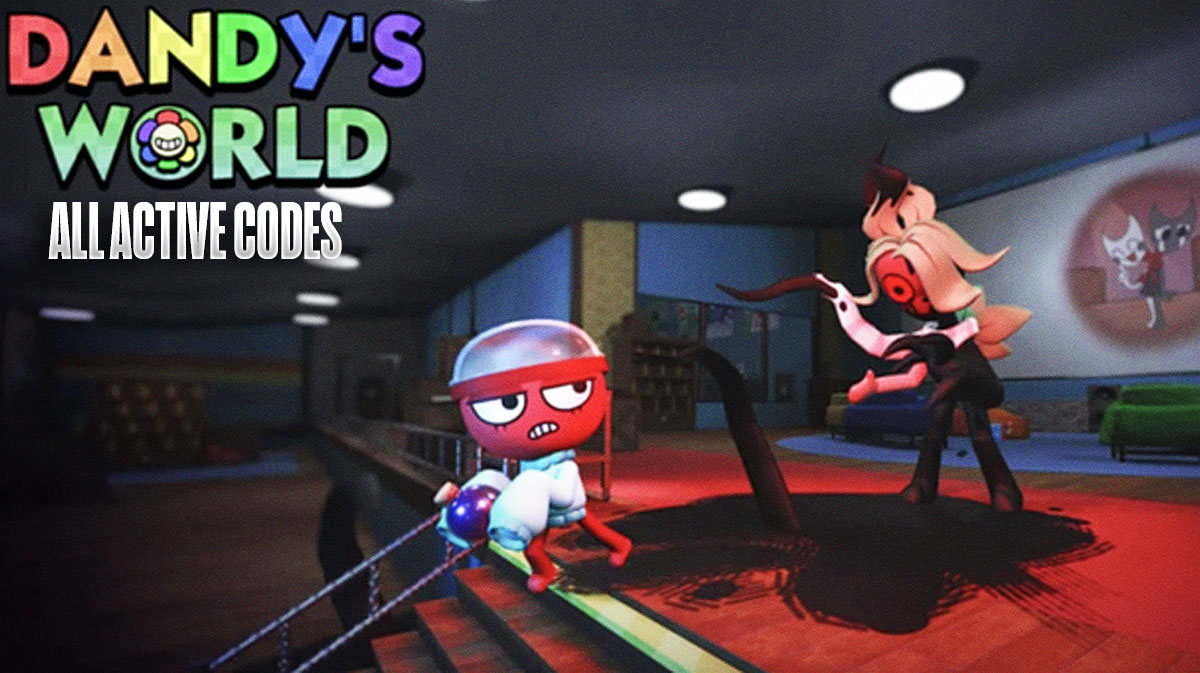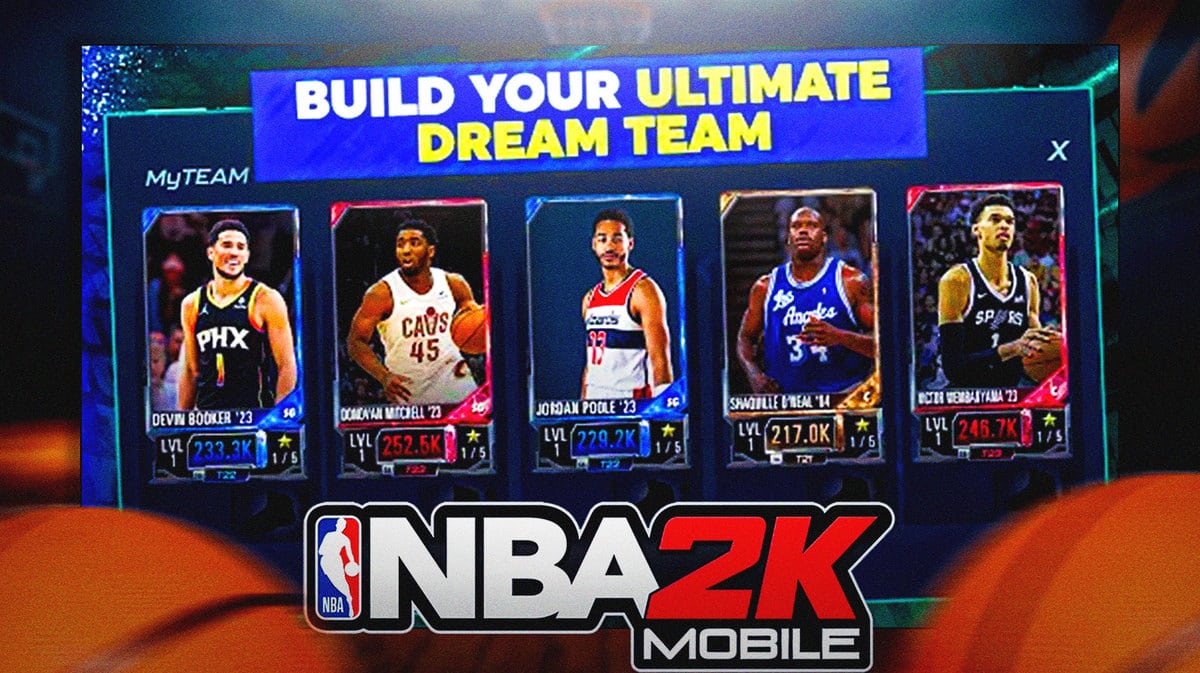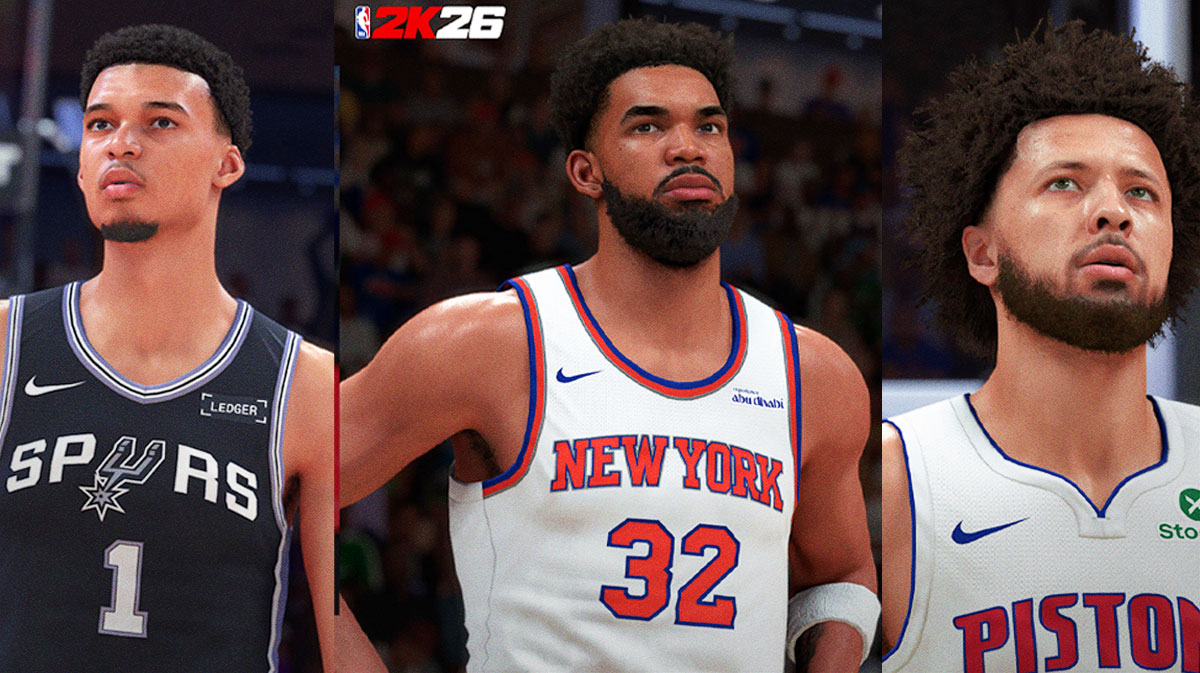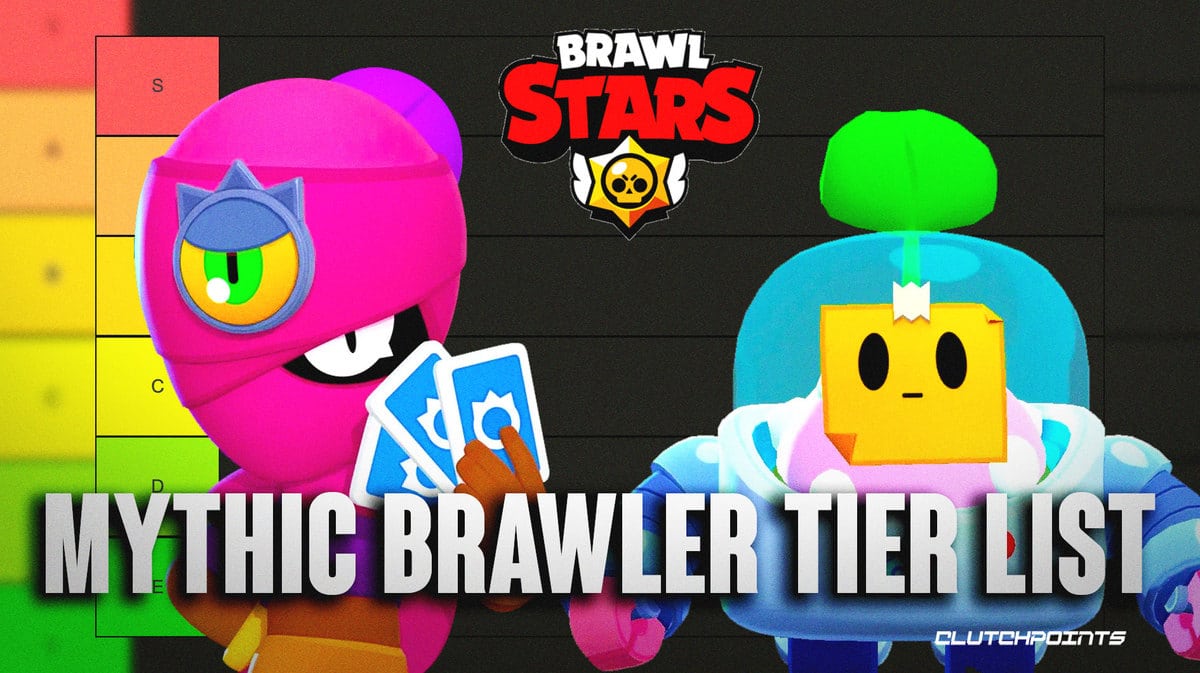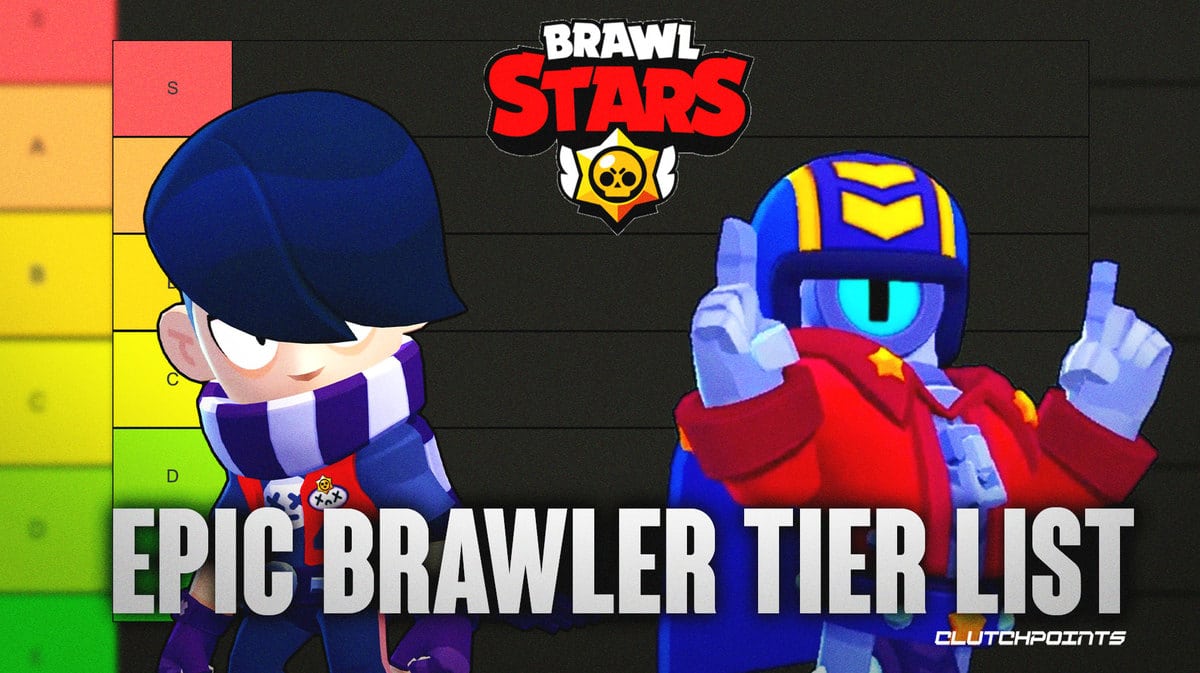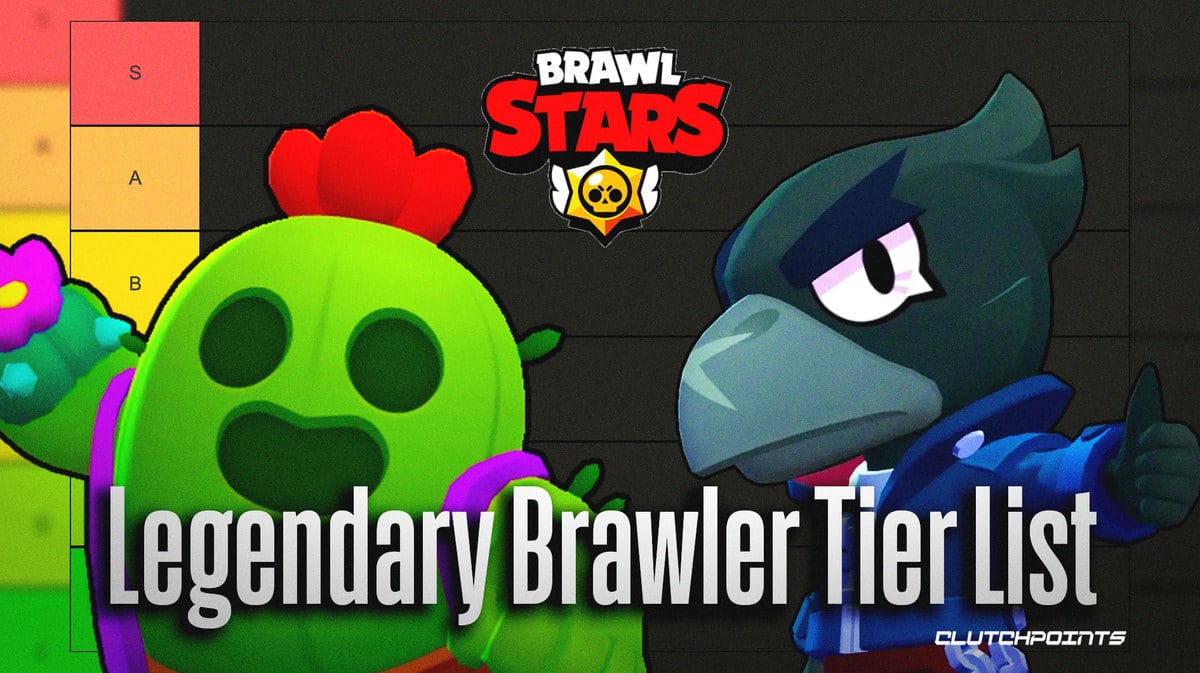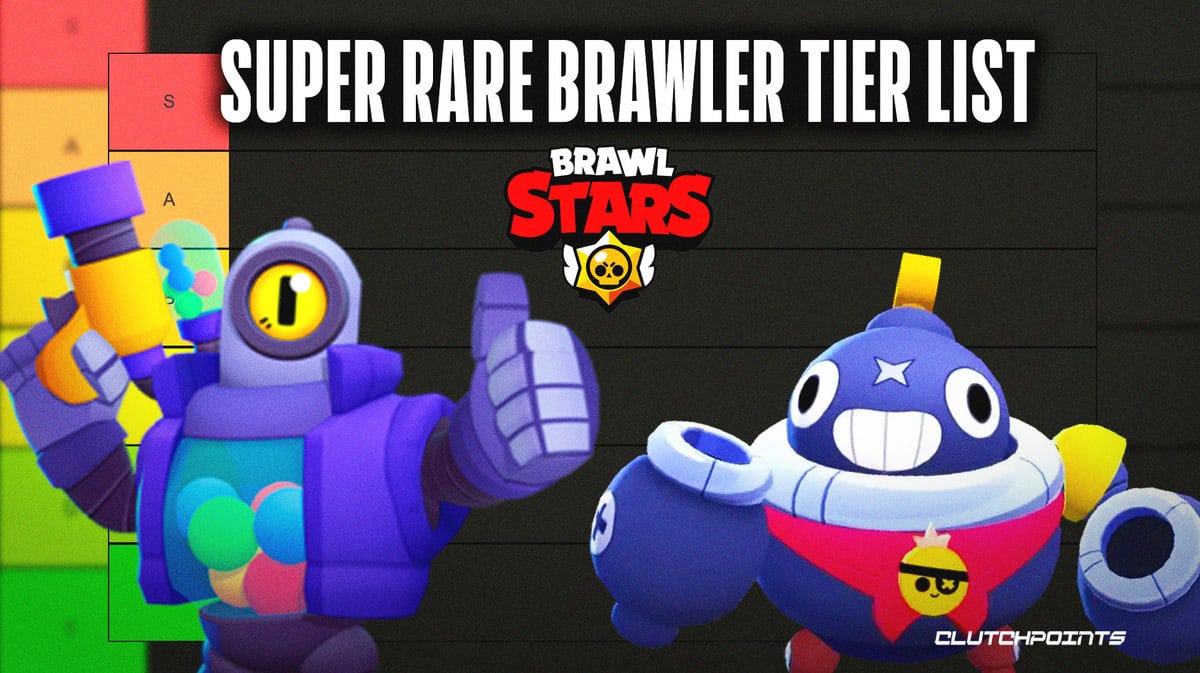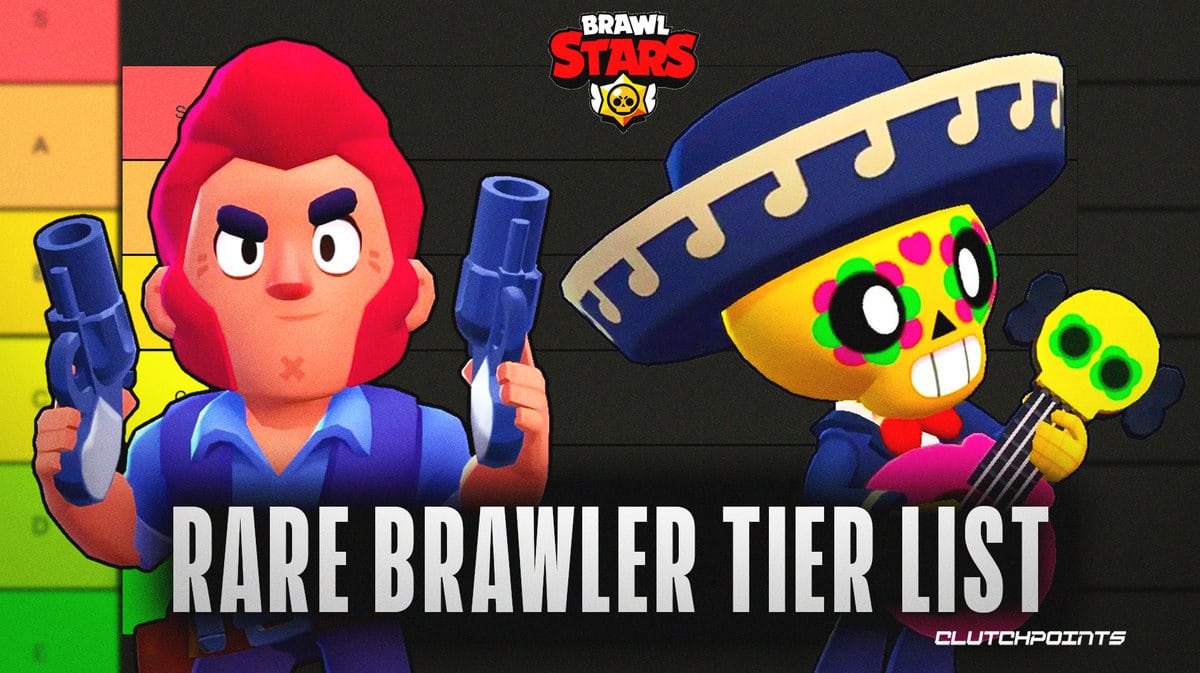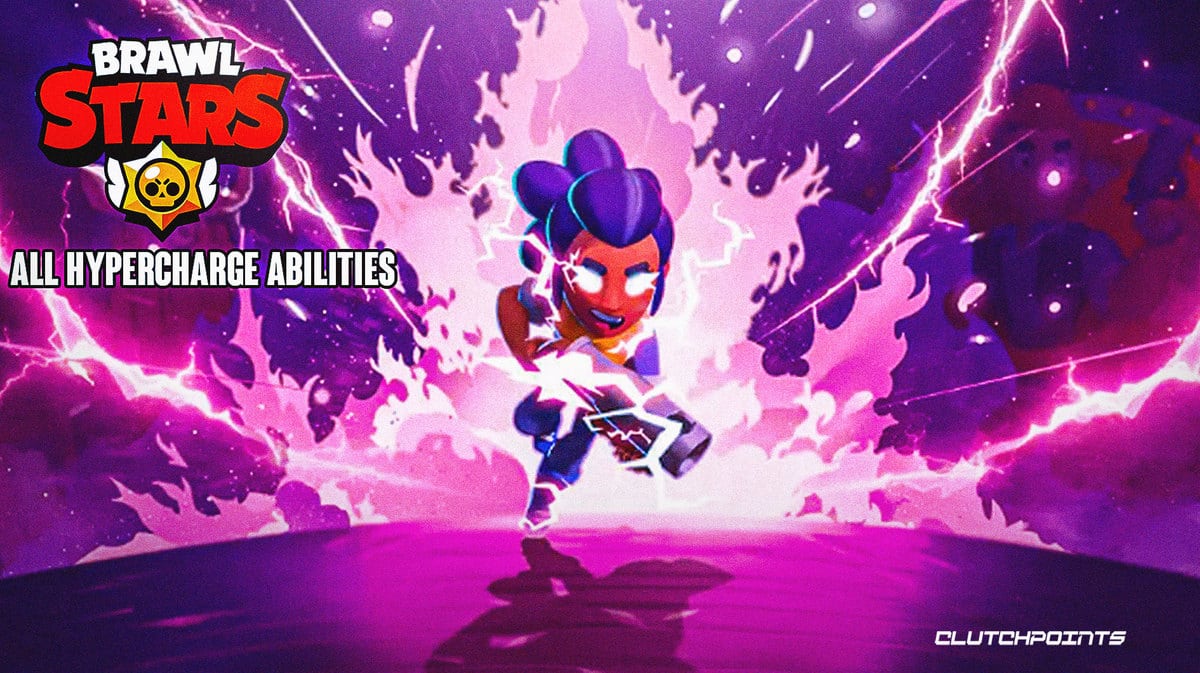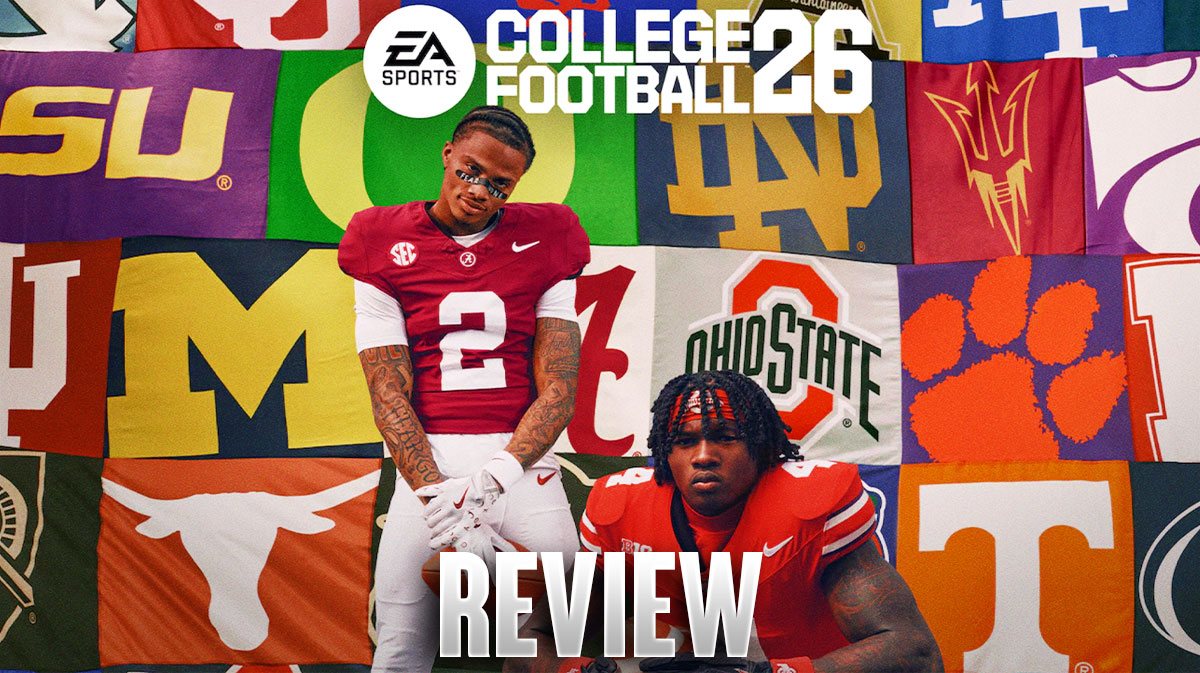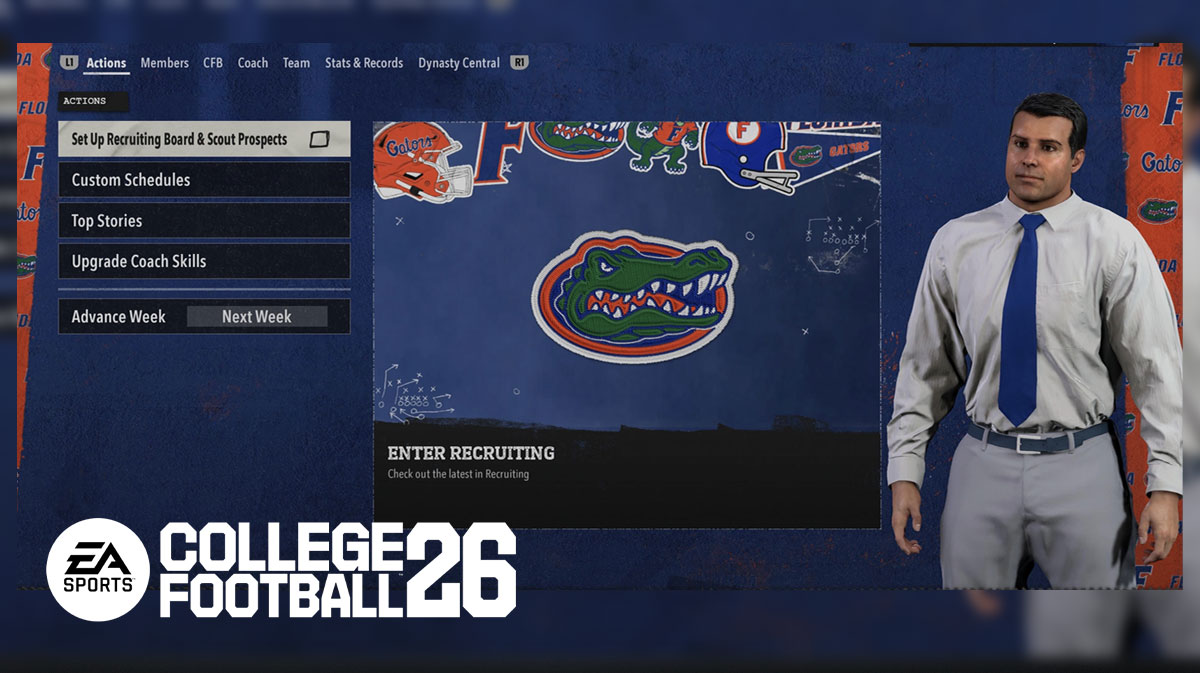Branded Despia is a brand new deck archetype that has recently joined Yu-Gi-Oh! Master Duel. It is a Fusion-based archetype that focuses on maintaining a tempo when they play. The deck mainly focuses on fusion summoning monsters that provide further fusion summons to get to the boss monster. The boss monsters in the deck have various effects that provide the player with a tactical advantage.
Despite being a newcomer to Yu-Gi-Oh! Master Duel, Branded Despia has found a solid place in the meta. It is able to compete with the other top decks due to the many removal effects the deck has and the ability of the deck to play around the opponent’s cards. The deck is able to recover easily due to having one card combos available.
However, despite its many strengths, the deck also has some weaknesses. Considering that it is a fusion based deck that requires different materials to bring out its boss monsters, it can be a bit inconsistent. The other semi-limited cards also hinder this deck’s consistency. Another one of its weaknesses would be that the deck has a slow recycling process. This means that it has a hard time winning against decks that mill opponents a lot such as Runick.
Deck Recipe
Main Deck:
2 Despian Tragedy
2 Ghost Ogre & Snow Rabbit
3 Ash Blossom & Joyous Spring
1 Fairy Tail- Snow
2 Edge Imp Chain
2 Fallen of Albaz
2 Aluber the Jester of Despia
2 Springans Kitt
1 Tri-Brigade Mercourier
1 Albion the Shrouded Dragon
1 Ad Libitum of Despia
1 Polymerization
1 Harpie's Feather Duster
1 Frightfur Patchwork
3 Branded Fusion
1 Branded Lost
2 Super Polymerization
2 Cosmic Cyclones
2 Called by the Grave
2 Branded Opening
2 Branded in Red
1 Branded Banishment
3 Infinite Impermanence
Extra Deck:
1 Mudragon of the Swamp
1 Predaplant Dragostapelia
1 Titaniklad of the Ash Dragon
2 Albion the Branded Dragon
3 Masquerade the Blazing Dragon
2 Mirrorjade the Iceblade Dragon
1 Alba-Lenatus the Abyss Dragon
2 Lubellion the Searing Dragon
2 Guardian Chimera
Deck Breakdown
Branded Despia at its core is a deck focused on the fusion summoning mechanic and skipping over its disadvantages. The deck is composed of a single main engine called the Branded Despia engine. This is the main engine which makes the deck run and get to its win condition. This main engine is mainly composed of the Despia and Branded cards which are used to combo off and bring out the boss monsters of the deck. These boss monsters are used to disrupt the opponents plays and provide openings to defeat the opponent in a single battle phase.
While this deck is called Branded Despia, the deck also carries a small Frightfur engine that is composed of Edge Imp Chain and Frightfur Patchwork. This engine is used to make the deck more consistent with its fusion summoning since the main deck has some pieces that were semi-limited.
As for the other cards, these cards are generic cards used to provide further disruption towards the opponents or to simply counter the disruptions that the opponent will throw towards the player.
How to Play
Branded Despia as a deck is relatively easy to learn considering that it utilizes one of the oldest mechanics in the game which is fusion summoning. The main goal of the deck is to get the main boss monsters out by fusion summoning “Fallen of Albaz” with different kinds of monsters. This is started by first obtaining a means to fusion summon. Considering that the deck was originally made to support fusion summoning, there are multiple ways to start. The most iconic way to start fusion summoning with the deck is with Branded Fusion. Branded Fusion lets the player fusion summon a monster using cards from the deck. Typically, fusion summoning requires that the materials for the fusion summon come from either hand or field. The effect of Branded Fusion lets itself circumvent the disadvantages of fusion summoning by allowing the player to use monsters in the deck as fusion materials. With this, the deck is able to bring out its fusion monsters relatively easier while also minimizing the disadvantage. Because of how important Branded Fusion is to the deck, the deck also has multiple ways to search it. One such searcher is Aluber the Jester of Despia searches a Branded Spell or Trap card when it is Normal or Special summoned. Another possible method to search the deck for Branded Fusion is through Springans Kitt. Springans Kitt can be special summoned if there is a fusion monster in the graveyard that mentions Fallen of Albaz as its material. In addition, when it is either Normal or Special Summoned, the player can add a Branded Spell or Trap card from the graveyard, deck or banished. When this is used, the player must place a card from their hand at the bottom of the deck. What this essentially does is that it fixes the hand of the player and gives them the card they need to start the combo. By extension, Branded Opening is a spell card that also searches Branded Fusion since it summons Aluber the Jester of Despia from the deck to the field. However, it comes at a cost of a discard and is therefore less efficient than opening the monsters stated or Branded Fusion itself. Despite this, it is still very much important for the deck considering the number of extensive plays this card can provide.
With the main flow of the deck explained, it is time to move on to how to combo and set up a disruptive board with this deck. The main combo of this deck typically starts with the monsters that are able to search the deck for Branded Fusion. This means that it is imperative that the deck opens with either Aluber the Jester of Despia, Springans Kitt or even Branded Opening. To start, summon the monster to the field using either the Normal summon or special summon Aluber the Jester of Despia using Branded Opening. Once summoned, their effect will trigger to search the deck for a Branded Spell or Trap card. In this case, grab a copy of Branded Fusion or if there is already a copy in hand, get a copy of Branded in Red. Next, use Branded Fusion to fusion summon Lubellion the Searing Dragon by using Fallen of Albaz and Despian Tragedy as materials. Once the fusion summon is successful, activate the effect of Lubellion the Searing Dragon first, followed by Despian Tragedy. It is important that this is chained properly as it provides protection towards your set up. Have Despian Tragedy search Ad Libitum of Despia unless there is one already present in the hand. In this case, another Branded monster can be searched to either prepare for the next turn or provide further interruption. Afterwards, the effect of Lubellion the Searing Dragon is used to fusion summon further and bring out the boss monster of the deck, Mirrorjade the Iceblade Dragon. The materials used for this fusion summon should be Lubellion the Searing Dragon and Fallen of Albaz in the grave. This recycles both cards since this effect places them both back into the deck. When Mirrorjade is summoned, use its effect to banish the initially summoned monster that was used to search Branded Fusion. Pay the cost using Albion the Branded Dragon so that come the end phase, the player may set a Branded Spell or Trap card from the deck. With that, the player may then proceed to the end phase to finish the turn. During the end phase, the effect of Albion the Branded Dragon will trigger and the player should set Branded in Red on the field. Once that is done, the player turn ends.
During the opponent’s turn, the player has several interrupt options that they can use. The first interrupt is through fusion summoning during the opponent's turn. This is done by activating the Branded in Red spell and returning Despian Tragedy to the hand and using that plus Mirrorjade the Iceblade Dragon and Ad Libitum of Despia to fusion summon Guardian Chimera. By fusion summoning Guardian Chimera during your opponent's turn, the player gets to destroy 1 card on the field and draw 2 cards. Aside from that, Ad Libitum of Despia is able to get its effect off and bring back Mirrorjade. With Mirrorjade back, it can use its effect once again to provide further disruption towards the opponent.
